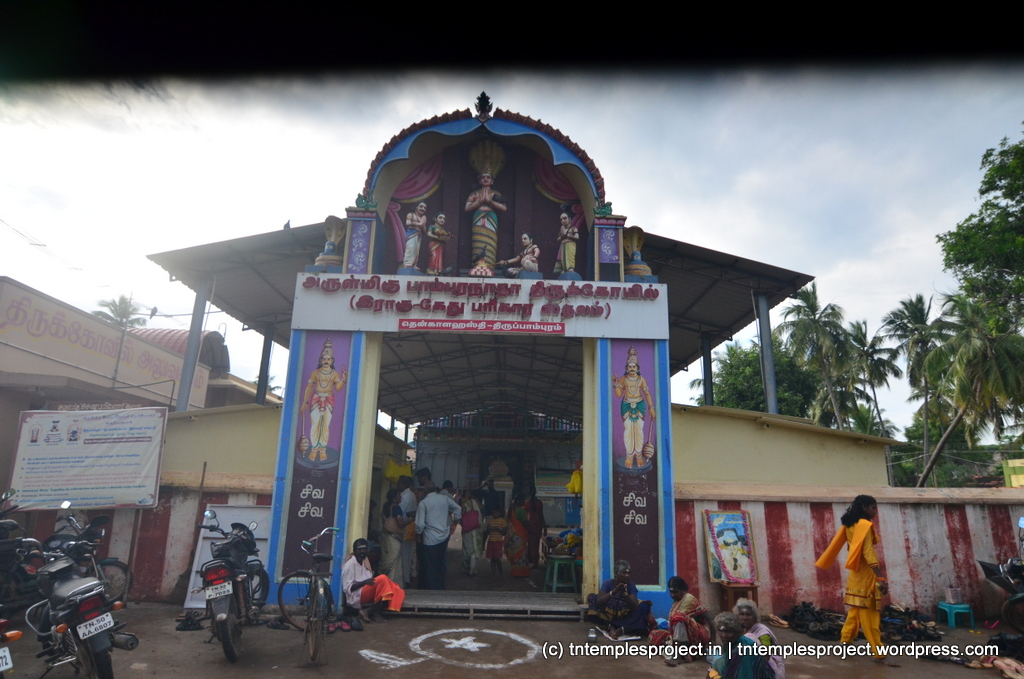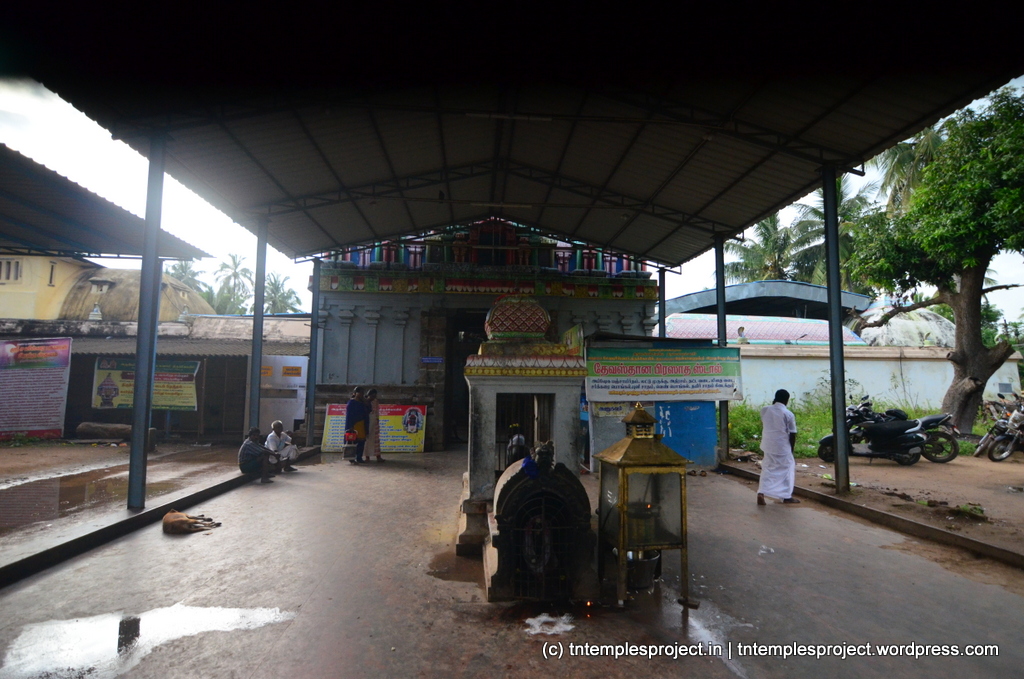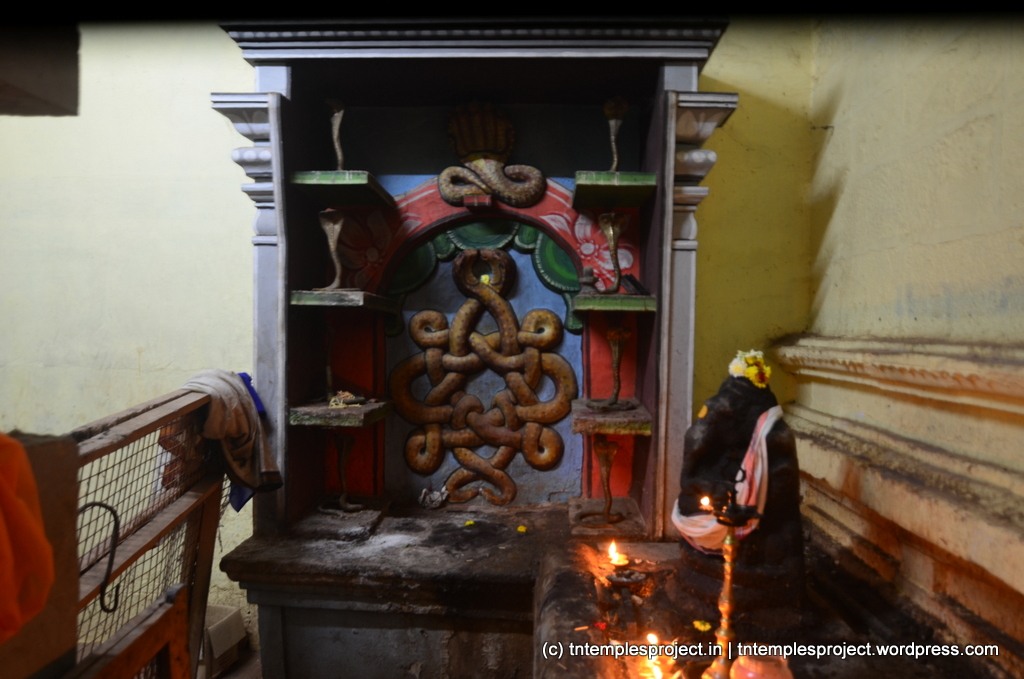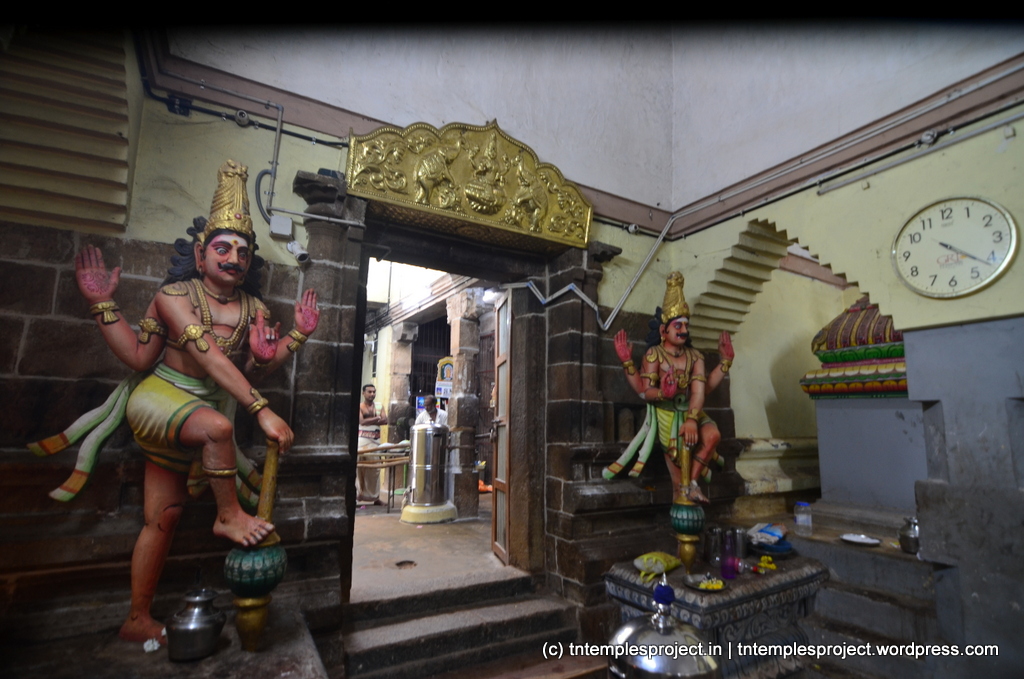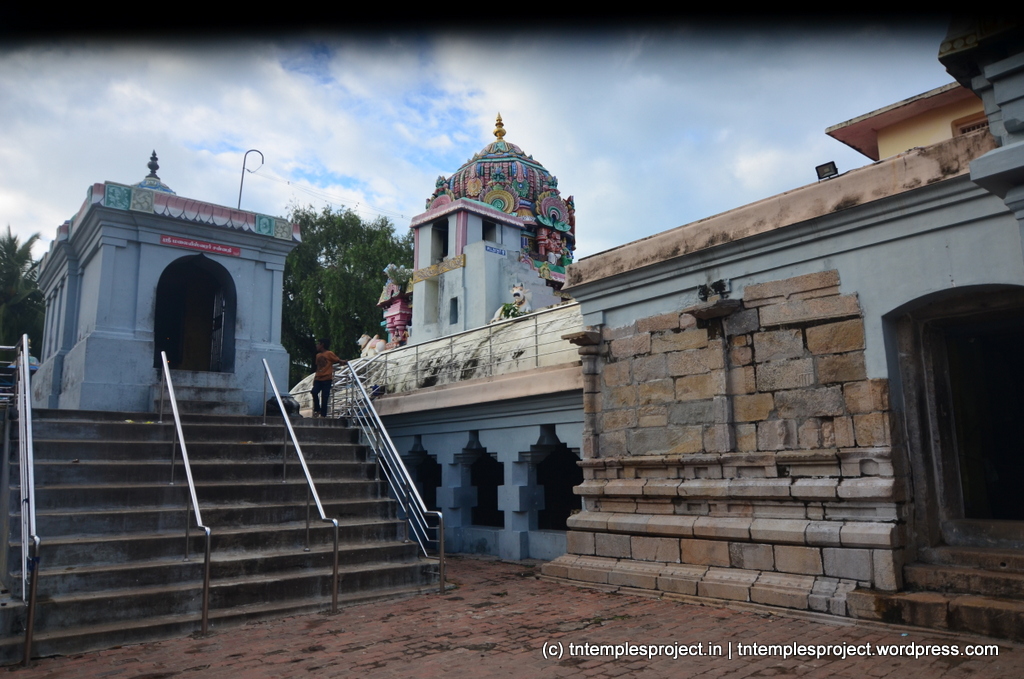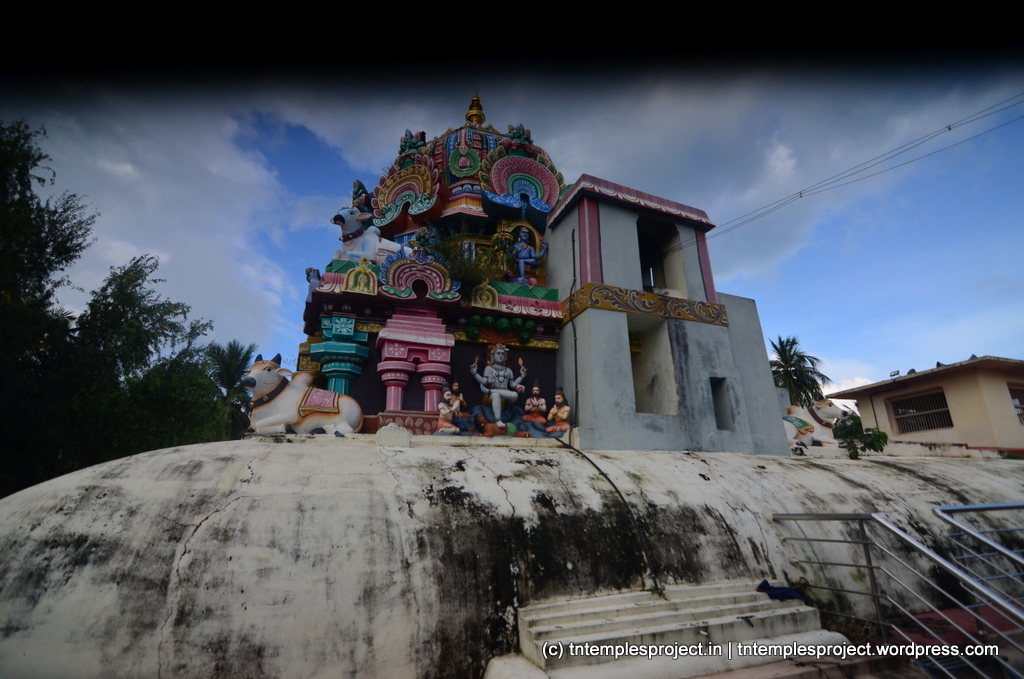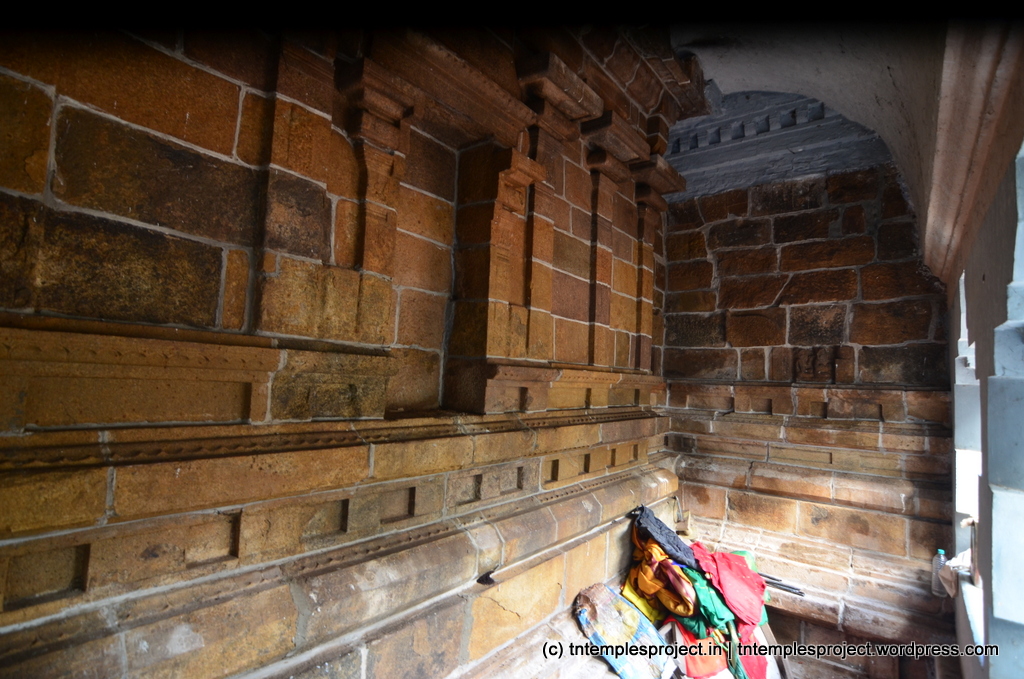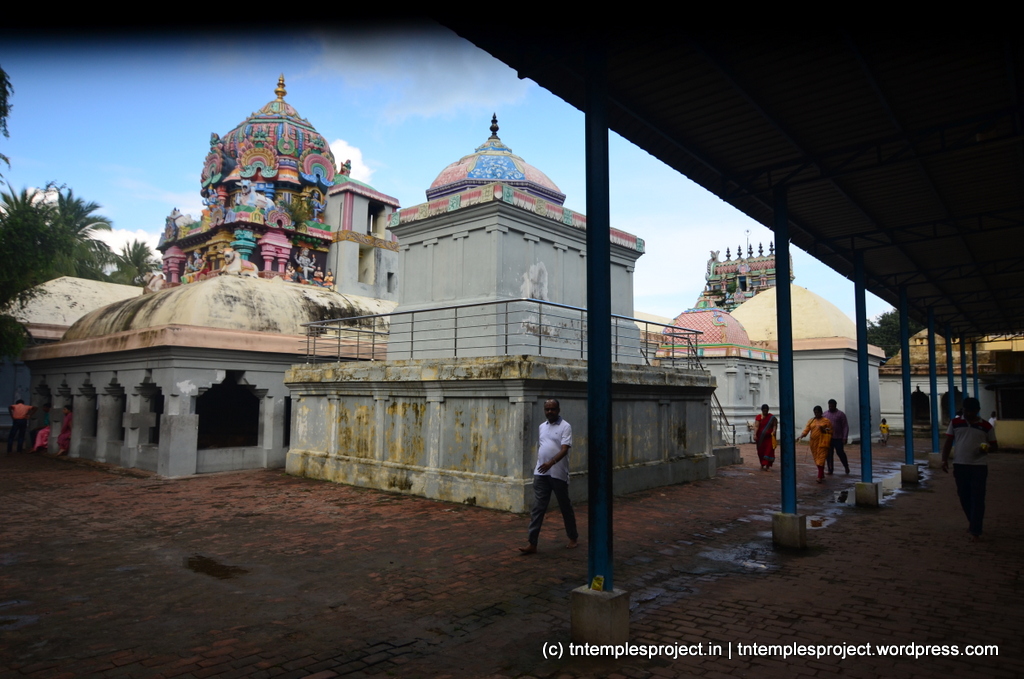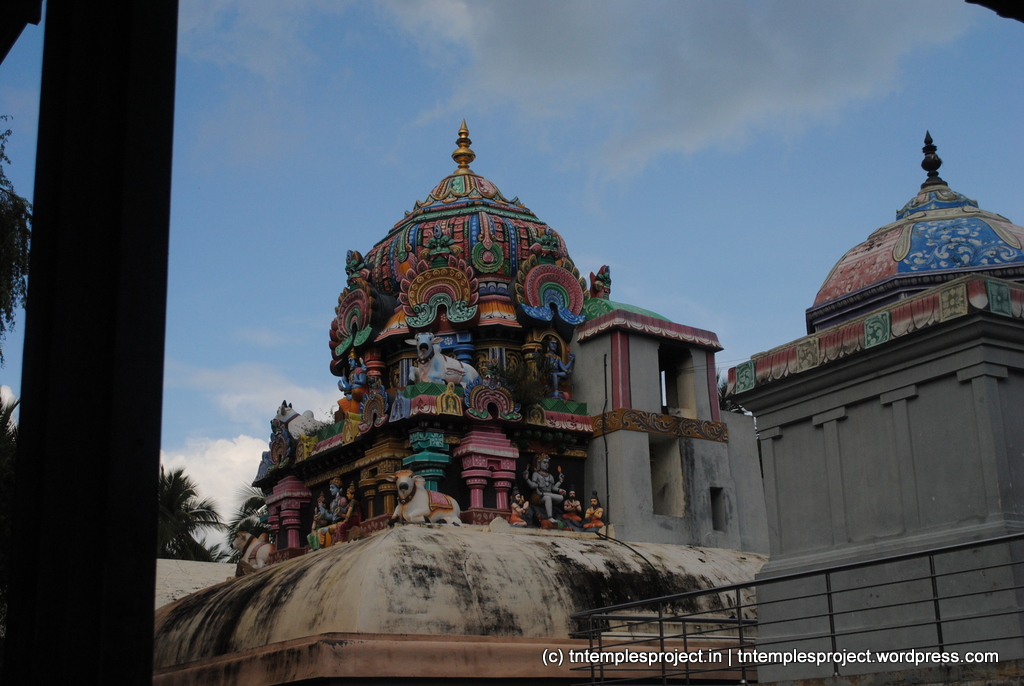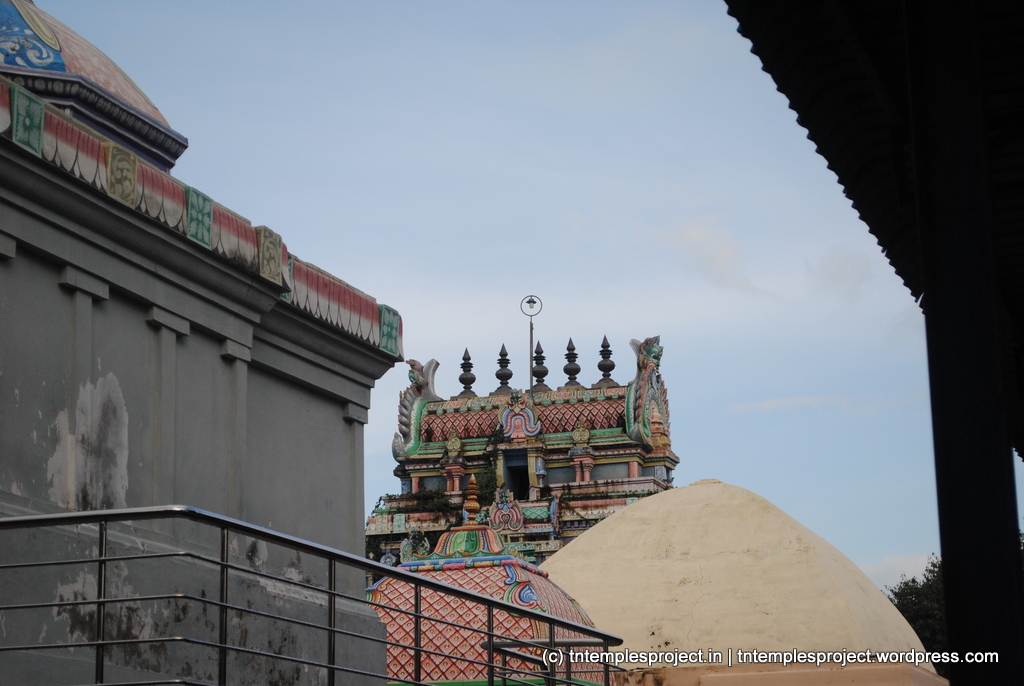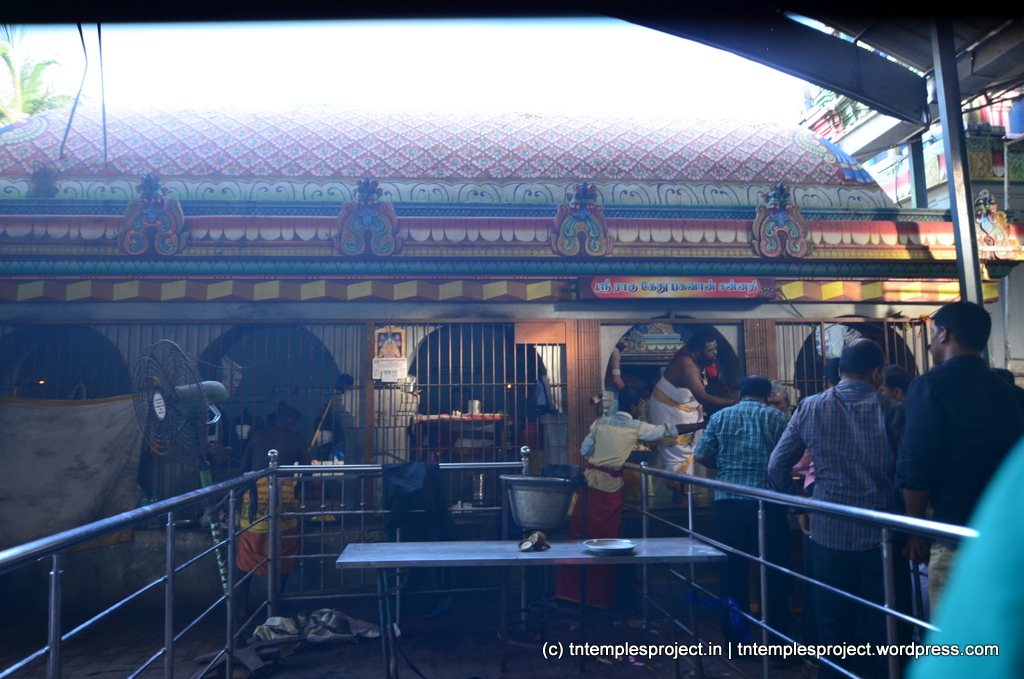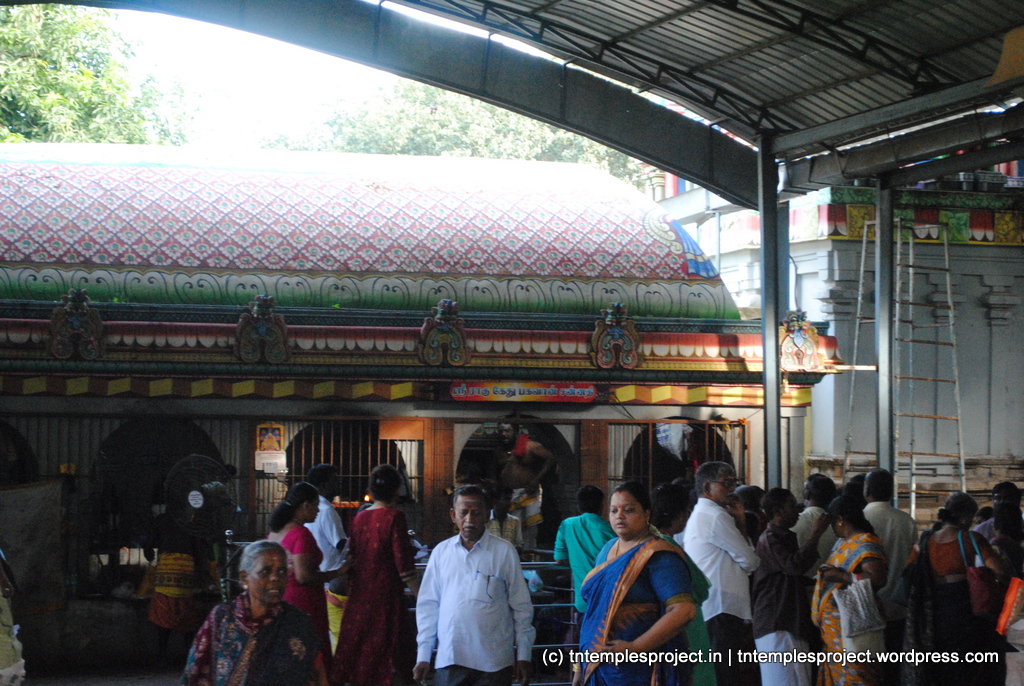Basic information about the temple
| Moolavar: | Seshapureeswarar | Ambal / Thayar: | Bramarambikai, VaNDaarkuzhali |
| Deity: | Siva | Historical name: | Paampuram, Seshapuri |
| Vriksham: | Vanni | Teertham: | Adisesha Teertham |
| Agamam: | Age (years): | Timing: | 6 to 12 & 4 to 8 | Parikaram: |
| Temple group: | Paadal Petra Sthalam (Kaveri Then Karai) | – | |
| Sung by: | Temple set: | ||
| Navagraham: | Nakshatram: | ||
| City / town: | Tirupampuram | District: | Tiruvarur |
| Maps from (click): | Current location | Mayiladuthurai (18 km) | Tiruvarur (26 km) |
| Kumbakonam (29 km) | Nagapattinam (44 km) |
Location
Tirupampuram is located between Mayiladuthurai and Tiruvarur, to the west of Kollumangudi.
Sthala puranam and temple information
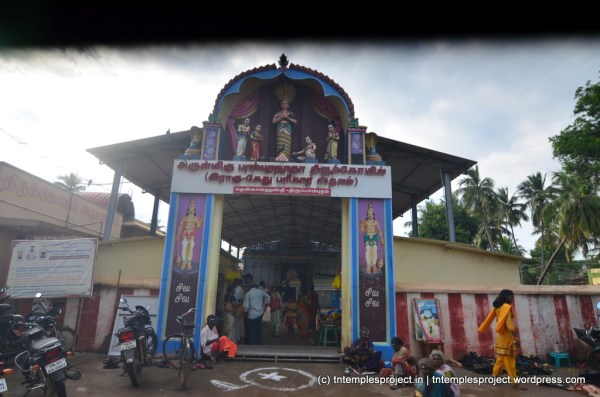
On the night of Mahasivaratri, Nagaraja (lord of the nagas) is said to have worshipped Lord Siva at four 4 temples – Nageswarar (Kumbakonam), Nageswarar (Tirunageswaram), Seshapureeswarar (Tirupampuram), and Naganathar (Nagore).
Vinayakar was as usual praying to his father, Lord Siva. The snake on the shoulder of Lord Siva thought that Vinayakar was praying to him also and felt very proud. Lord Siva was angered by this, and so He cursed all the snakes including Rahu and Ketu to lose their powers and venom, which affected all other nagas such as Adiseshan, Vasuki, Takshaka, Karkotaka, Sankapalan, Kuligan, Padman and Mahapadman. Without powers, these nagas felt deprived of their divinity, and approached Lord Siva for mercy, pleading that all nagas should not suffer for the mistake of one of them. Merciful as ever, Siva agreed and asked them to go to Tiruppampuram to pray. Led by Adiseshan, the nagas went to pray at Kumbakonam, Tirunageswaram, Nagore and finally Tiruppampuram, on Mahasivaratri day, and were relieved of their curse.
According to another legend, Adiseshan and Vayu fought to decide who was more powerful, which resulted in Vayu stopping the flow of air, creating problems for living beings. So Adiseshan sought pardon from Lord Siva, and created a pond here and prayed to Lord Siva, thereby getting back his powers. Due to this legend, worshipping at this temple is said to help those who have lost any valuables, to regain them.
Continuing the earlier story (above) of Nagaraja worshipping at four temples on the night of Mahasivaratri, only agathi flowers were available for his puja. So Nagaraja used that, and strung them with the hanging roots of the banyan tree. It is believed that as a result of this, agathi flowers are absent in this village, and banyan tree roots do not touch the ground here.
Rahu and Ketu are not separate, but are together enshrined and pray to Lord Siva here.

It is said that those addicted to alcoholism are relieved of the habit by praying here during Rahukalam on Sundays (4.30 pm to 6 pm). This temple is also said to cure people with naga dosham, and the benefits of worshipping at this temple are said to be equivalent to worshipping at the other temples in the series.
It is also believed that because this is a sthalam associated with nagas, nobody has died from snakebite here, despite snakes being present in large numbers in the area. On Sundays, Tuesdays and Fridays, there is a strong fragrance of jasmine and thazhampoo in the temple, during which time snakes are said to appear in the temple from the nearby, and go away on their own, without harming devotees.
Other information for your visit
Sukshma Pureeswarar temple at Cherugudi is very close (about 1.5km) from this temple.
Contact
Contact: 94430 47302
Gallery
